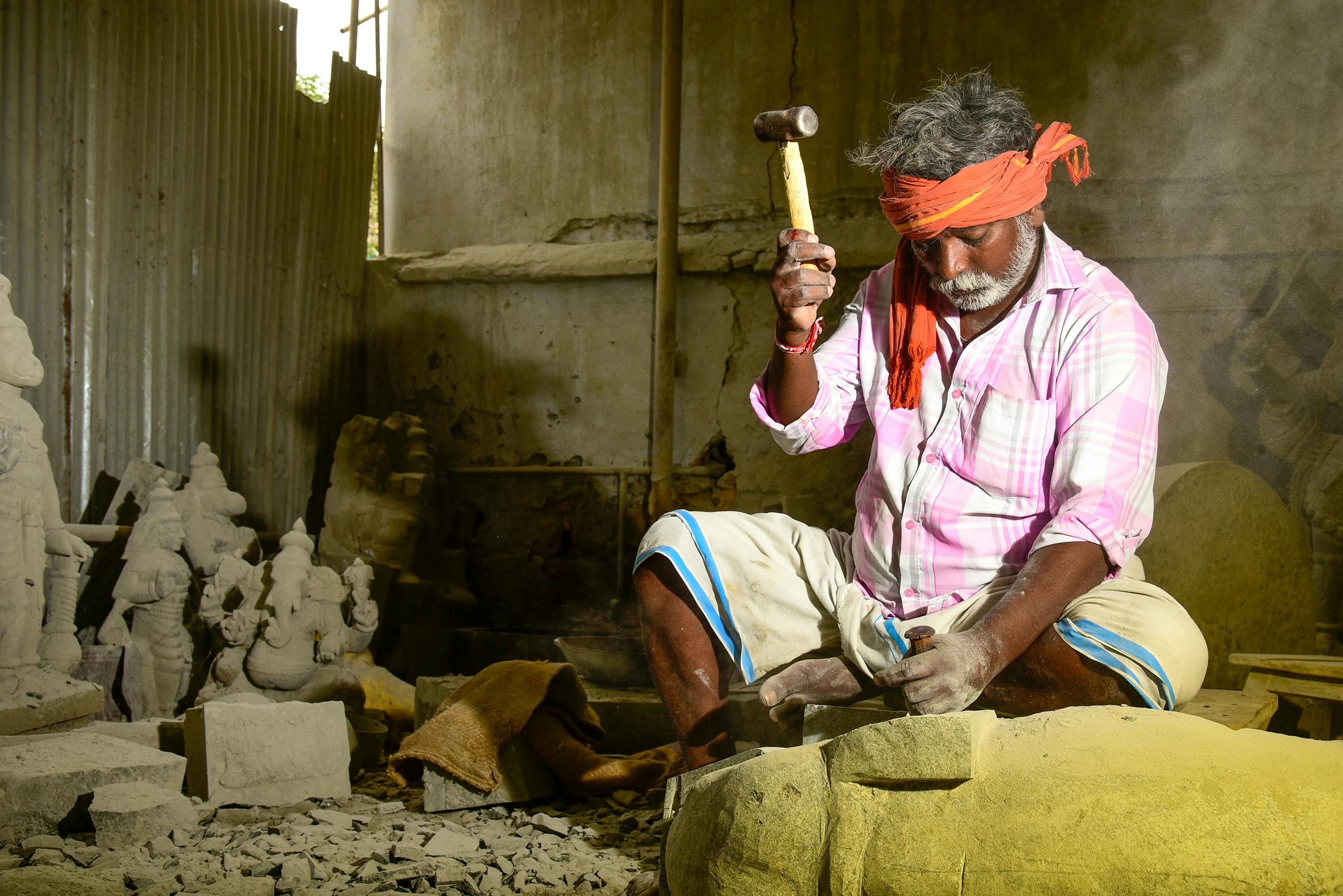Modern Lego has been around for more than half a century. But in fact, a brief history associated with Legos toys goes back many years. The current Lego Group was started in Denmark in 1934 by Ole Kirk Christiansen, a father who had become very adept at producing wooden toys. For more than a decade, the organization successfully sold a variety of wooden pull-along toys ranging from creatures to vehicles.
In the late 1940s, the company created what was at the time considered a huge expense in a machine to create shot from plastic material. This particular expense spawned a new line of plastic toys that proved very profitable for the company. Then, in 1949, the royal Lego team produced the first of what would be a story in itself: “Automatic Brick Joining”. Although not quite the same as the Lego bricks we have these days, this particular development provided the path by which it has become modern Lego. Similar in dimensions, type, and function, the automated large rock joining continued to be improved by the organization. In 1954, the organization formally registered the title “LEGO” as a trademark.
As the introduction of the great Lego rock progressed, Godtfred Kirk Christiansen, Ole’s son, who was now an energetic executive in the organization, had the idea of creating a “game system” similar to his Lego brick. He or she attributes the actual ignition of the idea to a conversation he had with an overseas device buyer who commented that there was absolutely no real program in the device industry. This technique gave rise to the initial models of Legos. The modern Lego Big Rock design was patented in early 1958, and it took five more years to perfect the types of materials for it. Incredibly, bricks from 1958 are still compatible with modern bricks today!
Throughout the 1960s, LEGO became a children’s name and an international sensation. By the end of that decade, the Lego team had offered Legos to more than forty-two countries around the world and opened a style park in Denmark that attracted more than half a million visitors in its first year. In the 1970s, Lego branched out to create toys for boys, girls, preschoolers, and advanced contractors. These 10 years in particular caused two essential developments for Lego: the traditional themes of Lego sets and also the world famous Lego figures, also known as Minifigs or even Minifigures. The organization continues its meteoric growth during the 1980s and 1990s with expansion into education, video games, mail-order catalogs, the actual launch from the official Lego website, and the corporation’s own branded stores around the world. the world.
It went further in the 1990s when the company took on one of its most notable ventures that has returned huge dividends. In 1999, Lego began using licensed styles to promote their products. Star Wars, its first certified presentation would be an unprecedented achievement for the organization. Since then Lego offers clever association together with a number of animation and movie symbols to produce themed models including Batman Legos, Harry Potter Legos, Spongebob Legos, Indiana Jones Legos, Spiderman Legos, Toy Tale Legos and many more.
Today, the real LEGO organization continues to grow. In addition to ongoing certification deals, the organization is concentrating on developing its own characters and models. They are also concentrating on new media possibilities, through the introduction of online games, video games and the very successful DesignByMe 3., which is an online system that gives Lego fans the opportunity to customize and build their Lego itself, as well as the design and packaging. . The only real limitation is the creativity of the customers! As the company looks to the long term, two things will remain in particular, Lego’s big rock will be in the middle of its technical development and Lego’s toys will continue to foster the creativity associated with builders young and old alike.



